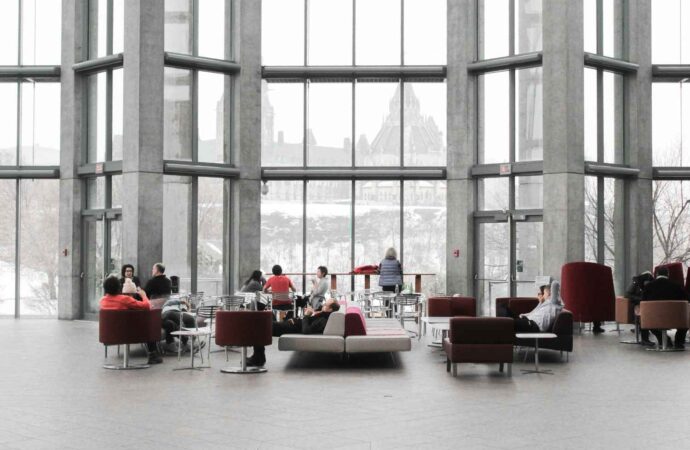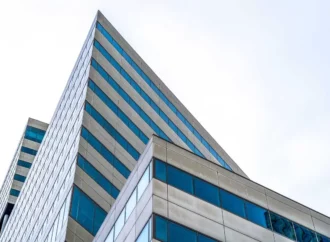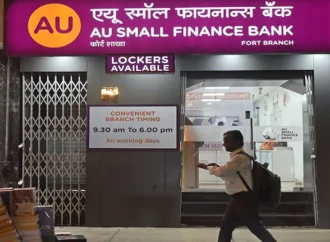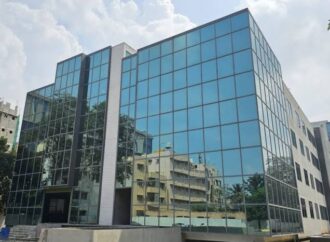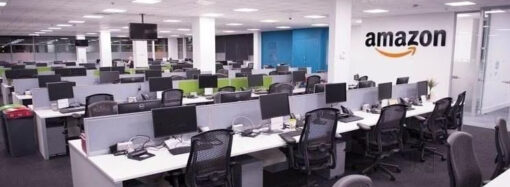India’s commercial real estate is shifting to an OpEx model, prioritising flexibility and cost-efficiency. Corporations are embracing managed and co-working spaces, with leasing projected at 70 million sq. ft by 2024. Sustainability and tech-driven solutions like smart building systems further drive this trend, transforming workspace strategies for adaptability and growth.
The commercial real estate (CRE) market in India is transforming, driven by a growing preference for flexible office spaces and operational expenditure (OpEx) models over traditional capital expenditure (CapEx). Corporations increasingly seek cost-effective, adaptable solutions to meet their evolving workspace needs, aligning with global trends and post-pandemic demands.
Understanding the Shift from CapEx to OpEx
CapEx involves significant upfront investments in assets such as buildings, which are capitalised and depreciated over time, requiring long-term financial commitments. Conversely, OpEx covers recurring operational costs like utilities, property management, and maintenance, offering short-term flexibility.
The shift from CapEx to OpEx enables businesses to scale their operations dynamically without the burden of owning physical assets. By spreading costs over time, companies preserve cash flow and reduce financial risks, allowing for smoother budgeting and adaptability in unpredictable market conditions.
“The OpEx model is gaining significant traction, allowing businesses to adapt to changing market conditions without long-term financial commitments,” notes a CRE industry expert.
India’s Office Market Adopts Flexible Solutions
India’s office market is expected to achieve gross leasing of 70 million sq. ft by 2024, showcasing the growing demand for flexible and customised spaces. Companies increasingly opt for managed and fully furnished office solutions that align with their operational and financial goals under the OpEx model.
These spaces provide businesses with ready-to-use environments tailored to their specific needs. By outsourcing daily operations and facility management, companies can focus on core activities, avoiding the complexities of managing office spaces while retaining the flexibility to scale up or down as required.
The Rise of Co-Working Spaces
Co-working spaces are at the forefront of this shift, offering dynamic environments for businesses of all sizes. These spaces allow companies to adjust their usage based on fluctuating needs, providing agility in a competitive market. With minimal initial investment and ready-to-use facilities, co-working spaces are ideal for startups and established enterprises seeking cost-effective solutions.
The ability to foster collaboration and innovation in these spaces further enhances their appeal. “Co-working spaces cater to the growing demand for adaptability and scalability in office environments, making them an ideal choice for businesses navigating market uncertainties,” says a commercial real estate analyst.
Sustainability and Technology Shape the Future
Sustainability and technology are integral to the evolving CRE landscape. Businesses increasingly prioritise environmentally friendly practices, such as green buildings and energy-efficient designs, even when leasing under the OpEx model.
Advanced technologies, such as smart building management systems, also transform office space operations. These systems optimise energy usage, enhance maintenance efficiency, and improve tenant experiences, aligning with corporate sustainability goals while reducing operational costs.
Emerging Trends in Indian CRE
India’s CRE sector is adapting to hybrid work environments and technological advancements. The OpEx model, supported by managed office solutions, is emerging as the preferred approach for many corporations. This trend reflects a shift toward flexibility and cost-efficiency, enabling businesses to thrive in a competitive landscape.
Beyond metro cities, the demand for office spaces is expanding into Tier-II and Tier-III cities, driven by lower costs and access to local talent. Fully managed spaces and co-working hubs in these regions are becoming increasingly attractive to businesses seeking strategic expansions.
Conclusion
The transition from CapEx to OpEx is not merely a trend but a structural shift in India’s commercial real estate market. As companies prioritise flexibility, sustainability, and efficiency, the demand for customised, tech-enabled, and cost-effective office spaces is set to rise.
With co-working spaces, managed office solutions, and sustainability-driven designs gaining momentum, the OpEx model redefines how businesses approach their real estate needs, ensuring adaptability and growth in an ever-changing economic landscape.

